I'd like to use a liquid flow meter of type YF-S401 at 12VDC. It produces 1.7-35k pulses per minute (rise time: 0.04us, fall time: 0.18us).
I want to trigger a sinking input of a controller board if the frequency is above a certain number.
While this would be trivial with a MCU I was hoping to get away without one. The trigger level has not to be that exact. It should just give an alarm when the flow stops. A delay of a even a few seconds would be acceptable.
The rough idea was for the pulses to be buffered through a capacitor and that is driving a MOSFET that sinks the input to ground. If the pulses are too infrequent the voltage of the capacitor would drop and the MOSFET would stop sinking the input.
Here is an example circuit:
Now I got the following questions:
- Should the circuit also work in real life? or are there problems with it?
- Can I remove the diode? or is it required?
- What MOSFET to use? AO3400?
- How do I size the resistors and the capcitor correctly?
